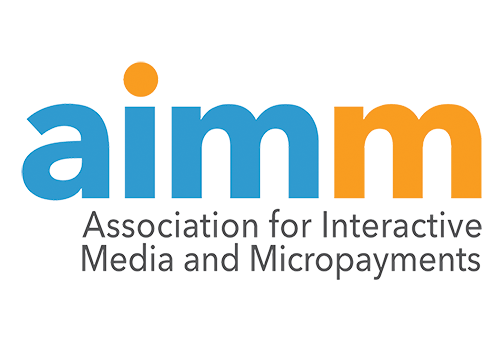This month the Exchange blog welcomes back Andy Shaw, CEO of Tectonic Interactive, who answers our questions on the latest developments at Tectonic and discusses a recent success which has bought interactive app voting to the XFactor UK audience:
After the huge success of the interactive voting app you ran for the Eurovision Song Content last June, what were the fresh challenges in bringing this interactive voting to the X Factor UK audience?
AS: From a technology perspective, the challenges were similar – handling sudden spikes of interactive traffic elegantly and counting votes with 100% accuracy.
For The X Factor, we worked closely with Tellybug, the developer of The X Factor app to ensure that ITV could control the vote section within the app. Tellybug are great to work with and we now, jointly, have an app platform and framework that can be used for any vote show internationally.
We also tested The X Factor service at load with a variety of user behaviours, so that we were confident that the service would respond well when 100,000’s iOS apps are opened and viewers start to interact on the Saturday night. ITV and Fremantle Media are leading the way in in-app voting and building confidence was key for a “go” decision.
What has been the response to the App so far?
AS: More than 800,000 people have downloaded The X Factor app so far and the live shows have just started, so we are expecting 100,000s more.
The response from viewers is really positive. We see high levels of engagement at key points throughout each show. We are doing lots of data analysis to understand how viewers use the app and in-app voting behaviour. We will learn a lot from this years X Factor.
How do you think interactive apps such as The X Factor voting app will change the way audiences interact with participation TV shows?
AS: People interact with TV shows if you make it easy for them. Broadcasters are running trials ranging from broadcaster-wide companion apps, show-specific interactive apps and show-specific html5 sites.
The Tectonic Platform can work with any of these approaches (via APIs). We are encouraged by the level of experimentation taking place.
From a format perspective, there is lots more potential: all quiz shows could have a home audience play-along via mobile and tablet – imagine kids running home after school to compete in a real-time school vs. school quiz; TV debates could involve a real-time approval rating from the home audience; talent shows could include IP voting as standard.
We have made it easy for broadcasters to launch new services and for app and web developers to plug into our platform.
Do you think App voting can shake up the paid participation landscape or will it just be an ancillary access route underneath phone-in and text votes?
AS: Premium-rate phone, Voice Short Codes and SMS are great because they are easy to use, payment is wrapped-in and everyone can do it.
But, where’s the growth? What new opportunities do phone and SMS create for the broadcasters, media creatives, brands or viewers?
There are an increasing number of frictionless payment methods – iTunes for iOS, GooglePlay is rolling out direct carrier billing and it won’t be long before you can simply click to add a payment to your broadband bill. Sponsors get greater value from consumers who are directly engaged with their brand. So, there are an increasing number of ways to monetize audience interaction easily.
I think that phone voting will be around for a while, but the future is audience interaction on the device that’s lying next to them on the sofa – their mobile or tablet.
What’s next for Tectonic Interactive?
AS: Our ambition is to make it quick and easy for TV and radio broadcasters to set up and manage any interactive service on any device.
Interactive technology can be complex, so we have plenty to work at and we have a number of projects on the go. We’ll let you know as they go public.
Andy Shaw is CEO of Tectonic Interactive, an associate member of AIME. For more information, please visit Tectonic Interactive’s website here.

